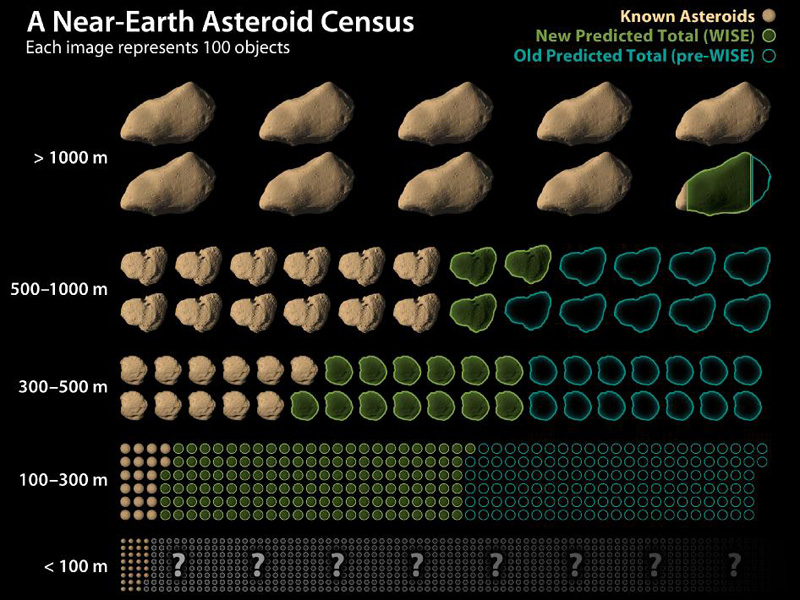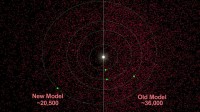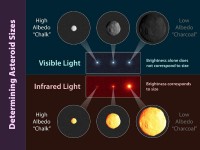This chart illustrates how infrared is used to more accurately determine an asteroid’s size. (Image credit: NASA/JPL-Caltech)
Home This chart illustrates how infrared is used to more accurately determine an asteroid’s size. (Image credit: NASA/JPL-Caltech) This chart illustrates how infrared is used to more accurately determine an asteroid's size. (Image credit: NASA/JPL-Caltech)




